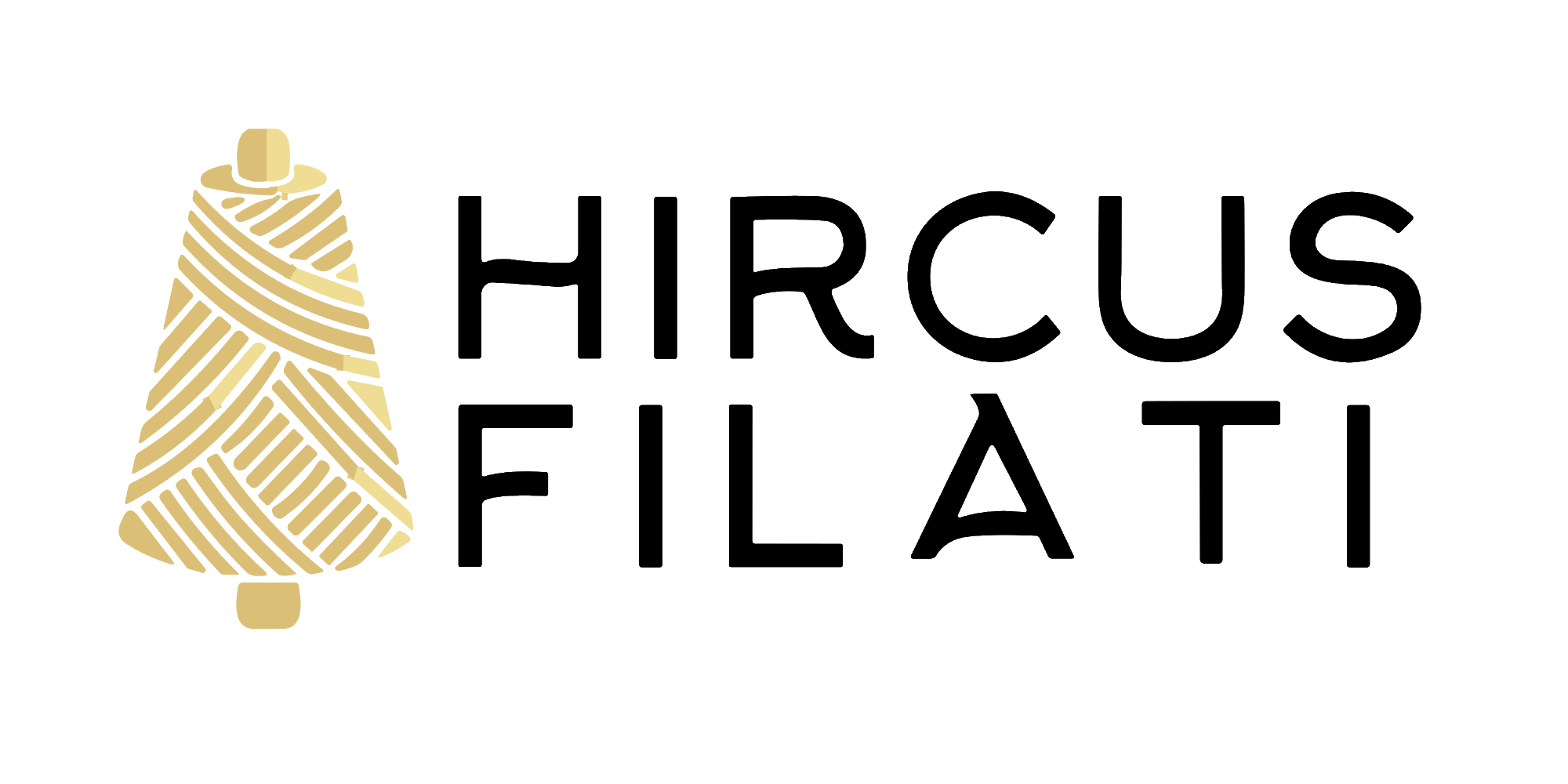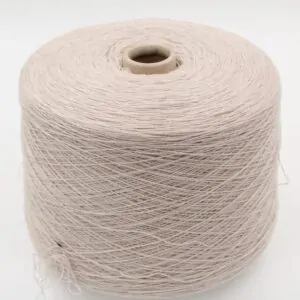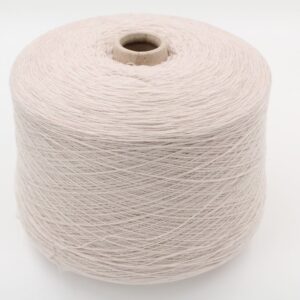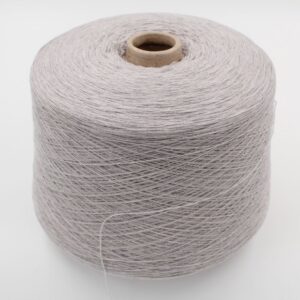Cashmere yarn: history and use
History of cashmere yarns
Cashmere goat farming in Mongolia and the Kashmir region predates recorded history. References to this fabric date back to the 3rd century BC, and there are indications that the production of cashmere wool goes back much further than that.
Trade with Turkestan brought cashmere wool to the Middle East and, from there, ancestral trade routes brought this incredibly soft fabric to the courts of Europe and beyond. Cashmere wool became particularly popular in France, and merchants faced dangerous trade routes to bring this legendary material back to the burgeoning European market.
In the 19th century, the production of cashmere wool was an important industry throughout Europe and the trade in this wool product provided economic benefits in multiple geographical regions. Even today, traditional Central Asian goat herders benefit from the cashmere trade and interest in this ultra-soft textile fiber remains high all over the world.
How is cashmere made?
Cashmere is one of the most expensive forms of wool because the manufacturing and processing process is complicated.
- First, goats naturally shed their coats in spring during the moulting season and the wool needs to be harvested. Wool can be collected by combing the goats’ coats with a comb, which usually produces less coarse hair; or the wool can be shorn, but that results in much more of the rough coat and requires more hair removal later on.
- Most cashmere is made by combing, as high quality cashmere is obtained. Cashmere wool that has been shorn is often lower quality cashmere because it is more prone to pilling, as the fibers are much shorter than if they were combed.
- After the wool has been curled, the hairs of the coarse overcoat should be separated from the fine, soft undercoat hairs, which eventually become cashmere.
- Once the fibers are separated, they are assembled into bales spun into yarn, which is then dyed and knitted or woven into fabric.
Cashmere uses
Cashmere is incredibly soft and appreciated for its insulating properties, so it has found wide use in the production of clothing and accessories for the cold.
- Clothing: Cashmere wool can be woven and knitted into a variety of cashmere garments. Cashmere sweaters, from cashmere cardigans or pullovers to crew neck or V-neck sweaters, are very popular items, but cashmere can also be woven into coats, pants and other items.
- Accessories: Cashmere accessories, such as hats, socks and cashmere scarves, are very popular cashmere items, as they are warm and add nice touches of luxury to any outfit.
- Household items: Cashmere blankets are warm, soft and are great as a bedspread on a sofa or bed.
Visit our shop and discover our selection of cashmere yarns from the best Italian spinning mills
VISIT OUR SHOP






